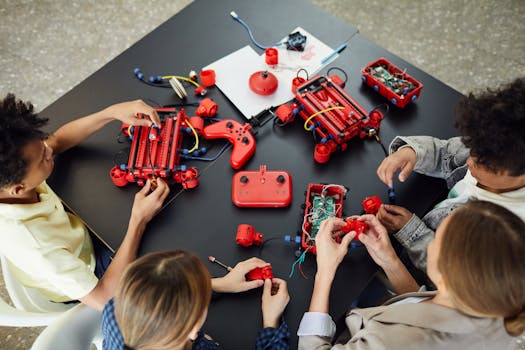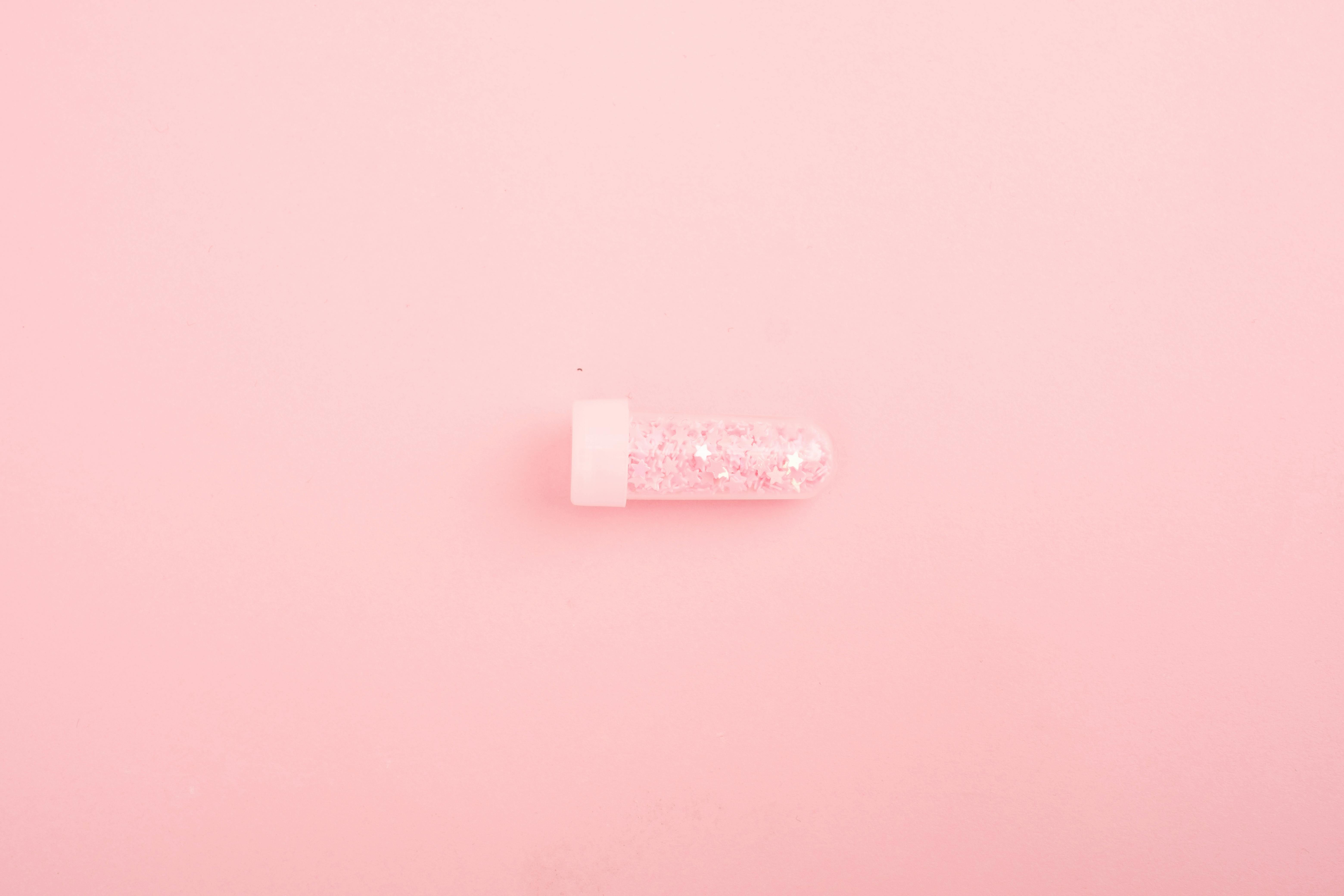As an affiliate, I earn from qualifying purchases, but this doesn't affect the reviews or recommendations—your trust is important to me!
Exploring : Creating Your Own DIY Lava Lamp Science Experiment at Home

Today, We're Making:
- - DIY Lava Lamp Experiment
- - 1. DIY Solar Oven: To demonstrate on August 22nd which is near the summer peak, parents could make a simple solar oven with their kids using a pizza box, aluminum foil, and plastic wrap. This fun project combines knowledge of the sun’s energy, reflection.
Are your kids always looking for a fun DIY project?
Or perhaps you're a science enthusiast hunting for your next home experiment? Either way, this DIY Lava Lamp Experiment is the perfect solution.
Why Choose This Experiment?
It offers a charming mix of visual fun and hands-on learning, making it the quintessential DIY science experiment. Apart from being an easy and engaging way to discover some fascinating science principles right in your living room, crafting a homemade lava lamp also lets your creativity shine as you can customize the designs to your heart's content.
Ready to light up your day?
With this classic science experiment for kids? Let's dive into creating your very own lava lamp at home.
Crafting Your Homemade Lava Lamp: Things You'll Need
Making your DIY Lava Lamp is an easy process that doesn't require any sophisticated material. All you need for your DIY Science Experiment are things that can be easily found in any standard American household. Here's your simple list:
- A clear, preferably glass, container. This could be a bottle, a jar, or even a small vase.
- Water
- Ultra-light vegetable or mineral Oil
- Food coloring of your preference
- Fizzy tablets like Alka Seltzer
- Glitter, sequins, or confetti for extra pizzazz! (optional)
Once you've gathered all these ingredients, you're just a few simple steps away from your own homemade lava lamp. Get ready for the fun!
The DIY Lava Lamp Experiment: Easy Steps to Make Your Lamp
Let's jump right into the DIY Projects. Starting off, fill your chosen container about 1/4 with water. Then, add oil until the container is nearly full, leaving some space at the top. Now you've prepared the basic elements of your Lava Lamp at Home.
Next, let your kids pick their favorite food coloring and add about 10 drops into the container. The magic begins here as the water and oil start to separate, creating a mesmerizing bubble effect. This not only visually appealing but also is a great standalone Science Experiment for Kids to explore the concept of density and immiscible liquids.
Now, here comes the truly exciting part - it's time to add in the fizzy tablet. Break it into small pieces and start dropping them into your DIY Lava Lamp. Watch with delight as the colored water starts to bubble up in beautiful blobs, creating a striking resemblance to a real Lava Lamp!
As a final touch, you could add some glitter or sequins in matching or contrasting colors. Not only will these embellishments enhance the visual appeal of your DIY Fun Lava Lamp, but watching them float and swirl inside the lamp can be an interesting method to understand buoyancy during your home science experiment.
While following these steps to make a lava lamp remember, there's no hard and fast rule. Feel free to experiment with different colors, amounts, and container shapes. Creating your own DIY Lava Lamp is all about having fun and learning through experimentation. Happy crafting!

DIY Lava Lamp: A Journey of Discovery
And there you have it. With simple household items and a sprinkle of creativity, you have made your very own DIY lava lamp. As you watched those fantastic lava blobs dance in your homemade vessel, remember this experience goes beyond just creating fun and colorful visual entertainment.
You have honed your skills as a curious explorer, uncovering the wonders of science right at your fingertips. You’ve encouraged deeper learning with every exciting bubble that blobbed its way up and down your lava lamp. Your own unique, bright version of a lava lamp now stands as a testament to the fact that learning can be playful, engaging, and profoundly mesmerizing.
So, craft on, fearless scientist, and let the magic of discovery light up your world!

You May Also Like These:
DIY Solar Oven STEM Project
In celebration of August 22nd, let's conduct a fun and engaging STEM project that takes advantage of summertime's peak sun power. By creating a DIY Solar Oven, you will get to teach your kids about the basics of solar energy. Gather your supplies and follow these steps:
Materials Needed:
- One pizza box
- Aluminum foil
- Plastic wrap
- Black construction paper
- Tape
- Scissors
- Ruler
- A stick or a straw
Instructions:
Step 1: Prepare the Pizza Box
Start by drawing a square on the top of your pizza box, leaving a border of about 1 to 2 inches from the edges.
Step 2: Cut the Square
Cut along three sides of the square, leaving the line along the back of the box uncut to act as a hinge.
Step 3: Create a Foil Reflector
Open the flap you just cut and cover the inside (the side that will face upwards) with aluminum foil. Try to keep the foil as smooth as possible for the best reflection. Secure the foil with tape.
Step 4: Seal the Box
Close the flap and then cover the opening you’ve made by layering the top of the box with plastic wrap to seal the hole. Secure the plastic wrap with tape around the edges.
Step 5: Add Black Construction Paper
Open up the box and line the bottom on the inside with black construction paper. This will help absorb the sunlight and convert it into heat.
Step 6: Setup Your Oven
Align the box in direct sunlight, propping open the foil-covered flap to reflect sunlight into the box. Use a stick or a straw to keep the flap open at an optimal angle.
Remember, the DIY Solar Oven is a great practical tool to teach children about solar energy and the basics of how the process of heat transfer works. Happy experimenting!
Project: Creating Objects and Shapes with Aluminium Foil
Objective:Create unique and creative shapes using aluminium foil to learn about flexibility, durability and properties of metal.
Materials:- Aluminium Foil
- Scissors
- Tape measure or ruler
Instructions:
Step 1: Plan Your CreationTo start the project, the first thing to do is deciding what object you will create. It could be an animal, a vehicle, or a landmark. Sketch your idea on paper first to have a reference.
Step 2: Cut Aluminium FoilUnroll some aluminium foil. Using your scissors, cut out approximately one to two feet of foil. This will serve as your starting material.
Step 3: Build Your ObjectBegin molding the aluminium foil according to your sketched design. Use your hands and fingers to shape the foil into desired form.
Step 4: Keep Adding FoilIf you need more material, cut additional pieces of foil and add them to your project. Foil can be molded together to create a solid shape.
Step 5: Measure Your Final ObjectUse a tape measure or ruler to see the dimensions of your aluminium foil creation. How tall, wide or long is it?
Step 6: Discuss The Properties of Aluminium FoilAfter your successful creation, it is time to understand the STEM behind it. Discuss the properties of aluminium foil, like flexibility and conductivity, making it suitable for such activities.
STEM Projects Using Aluminum Foil
Project 1: Aluminum Foil Boat Challenge
Ingredients:- Aluminum Foil
- Small Toys or Coins for weights
- A large bowl of water
- Take a piece of aluminum foil and fold it to form a boat shape.
- Place the foil boat gently onto the water surface in the bowl.
- Add the small toys or coins one by one to the boat, until it begins to dip in water.
- Record the number of toys or coins your boat withstood before sinking.
- Challenge your child to redesign the boat to hold more weight.
Project 2: Foil Circuit Tester
Ingredients:- Aluminum Foil
- LED Light
- 9V Battery
- Make a long, thin strip of aluminum foil and fold it in half.
- Measure the strip to be long enough to reach your 9V battery terminals with some excess length.
- Attach one end of the strip to the positive terminal of your battery.
- Take the LED light and attach the long leg (positive) to the other end of the aluminum foil strip.
- Touch the short leg (negative) of the LED to the negative end of your battery. The LED should light up, showing that electricity is flowing through your aluminum foil circuit.
Project 3: Reflective Constellation Viewer
Ingredients:- Aluminum Foil
- Shoebox
- Small Nails or Push Pins
- Constellation Map
- Inside the lid of the shoebox, attach a piece of aluminum foil to cover the entire inner surface.
- Set the constellation map on top of the lid and lightly trace your chosen constellation.
- Using small nails or push pins, poke holes at each star point in the constellation.
- Remove the map and shine a flashlight from inside the box onto the foil. The light will reflect off the foil through the star holes, projecting the constellation pattern on your ceiling.
Solar Oven STEM Project Using Plastic Wrap
Materials Needed:
- Cardboard pizza box
- Aluminum foil
- Black construction paper
- Plastic wrap
- Tape
- Ruler
- Marker
- Craft knife or scissors
Instructions:
Step 1: Prepare the Pizza Box
Mark a square on the top of the pizza box, leaving a border of about 1 inch from the edges. Carefully cut along three sides of the square you marked leaving the side along the box's rear intact to create a flap.
Step 2: Attach the Aluminum Foil
Cover the inside of the flap and the inner side of the pizza box with aluminum foil. Make sure the shiny side of the foil is visible to reflect the sunlight.
Step 3: Install the Black Construction Paper
Cut the black construction paper as per the size of the bottom of the pizza box and stick it inside. This paper will absorb the sunlight and convert it into heat energy.
Step 4: Arrange the Plastic Wrap
Cover the opening you created by cutting the flap in the pizza box with plastic wrap and secure it with tape. This wrap acts as a window to allow sunrays into the box but does not let the heat escape, thereby creating a greenhouse effect inside the box.
Step 5: Adjust the Solar Oven and Cook
Place your food item (like a marshmallow or a slice of cheese) inside the solar oven. Adjust the angle of the foil-covered flap to reflect maximum sunlight into the box. Monitor the process, considering it may take a little longer to cook compared to a conventional oven.
Enjoy the Power of Solar Cooking
This excellent STEM project not only demonstrates the concept of solar energy but also provides an eco-friendly cooking method. It can spark children’s interest in renewable energy, environmental science, and physics. Happy solar cooking!
STEM Project: DIY Catapult
Materials Needed:
- 7 - Popsicle sticks
- 1 - Spoon
- 1 - Rubber band
- 1 - Marshmallow (or a small ball)
Instructions:
- Step 1: Stack six popsicle sticks together. Secure them with a rubber band on both ends.
- Step 2: Place the seventh popsicle stick on the bottom of the stack. At one end, fasten with a rubber band.
- Step 3: Position the spoon on the top of the seventh stick, aligning it with the end that is not fastened.
- Step 4: Use the last rubber band to secure the spoon and the single popsicle stick together. This completes the arm of the catapult.
- Step 5: Load the catapult with a marshmallow or small ball, depress the spoon, and let it fly!
Remember to always supervise your child during this project to ensure safety.











